Baby Eye Color: Probability Calculator for Parents
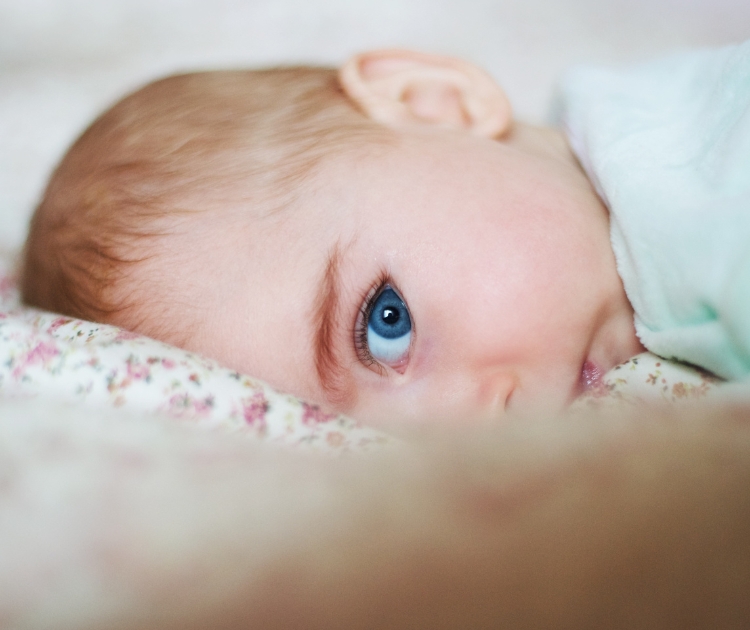
👶 Baby eye color: what genetics really reveals
At birth, most babies have blue or gray eyes. But this color often changes over the months. Why? Because of melanin (the pigment that colors the iris) which develops thanks to light. Around age 1, the color generally becomes stable, with sometimes small changes until age 3. Genetics also plays an important role, and it's even possible for a baby to have a different eye color from both parents... or even different between their two eyes (it's rare, but it happens!)
Why do baby's eyes change after birth?
When baby arrives, their eyes are often a beautiful mysterious blue or gray. But don't rely too much on this: this color is often temporary!
During pregnancy, baby is in darkness. As a result, the cells that produce eye pigment (called melanocytes) are still somewhat "dormant". Light awakens them after birth. These cells will then produce more or less melanin, the pigment responsible for the final eye color.
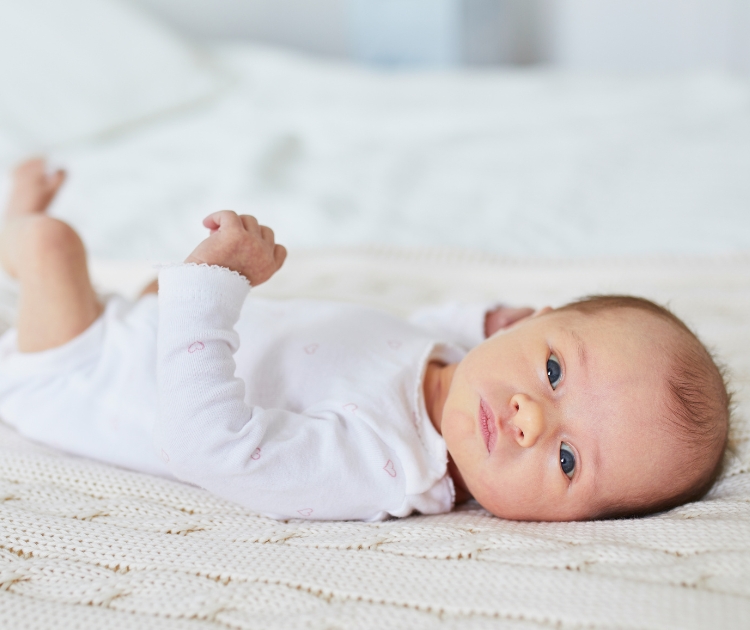
🧠 Did you know?
The more melanin, the darker the eyes. Little melanin = blue eyes. Medium = green or hazel. Lots = brown eyes.
When does eye color become permanent?
🌱 From birth to 6 months:
the magic happens
In the first few months, changes are gradual. You may notice that baby's eyes develop green, hazel, or brown reflections around the pupil. This is a good sign: melanin is doing its work!
🍂 From 6 to 12 months:
things become clearer
Eye color intensifies or darkens depending on the amount of pigment deposited. If eyes are still blue at 9 months, they're likely to stay that way. Intermediate shades like green or hazel develop gradually.
🤌 After 1 year:
the final touch
Around age 1, the color is generally considered "fixed". However, in some children, small adjustments may continue until age 3.
📊 Stage recap
- Birth: eyes often blue or gray.
- 3-6 months: first brown, green, hazel reflections.
- 6-12 months: more precise shade.
- 1 year and up: color generally permanent.
Can you guess baby's future eye color? 🤔
This is THE big question that many parents ask... but genetics sometimes holds surprises! Here are the most common scenarios:
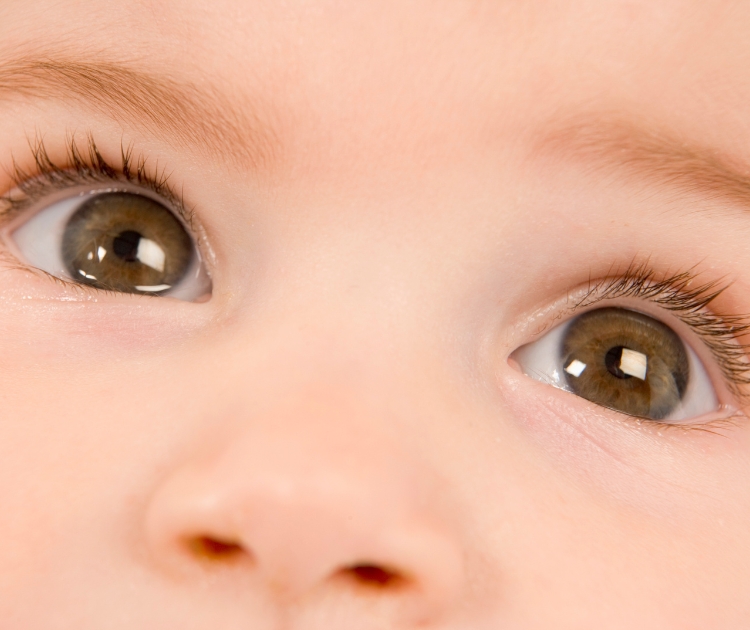
🟢 + 🟤
One parent with green eyes, one parent with brown eyes
In this case, baby has about 50% chance of having brown eyes, 37% for green eyes, and 12% for blue eyes. Brown genes remain dominant, but green eyes are well represented. The presence of a recessive blue gene can create a surprise, although this is rarer.
🟢 + 🟢
Two parents with green eyes
With two green-eyed parents, there's a 75% chance that baby will have green eyes too. They might also inherit blue eyes (25%) or, very exceptionally, brown eyes (<1%) if a hidden dominant gene resurfaces.
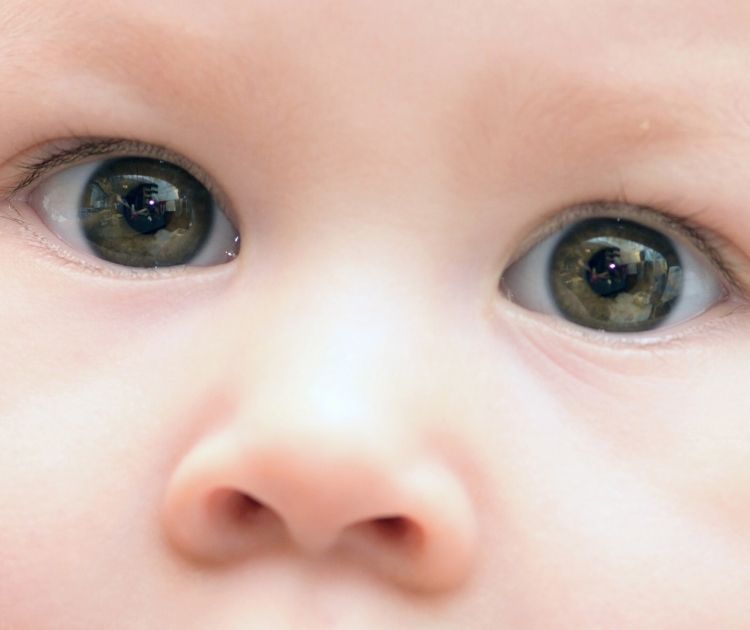
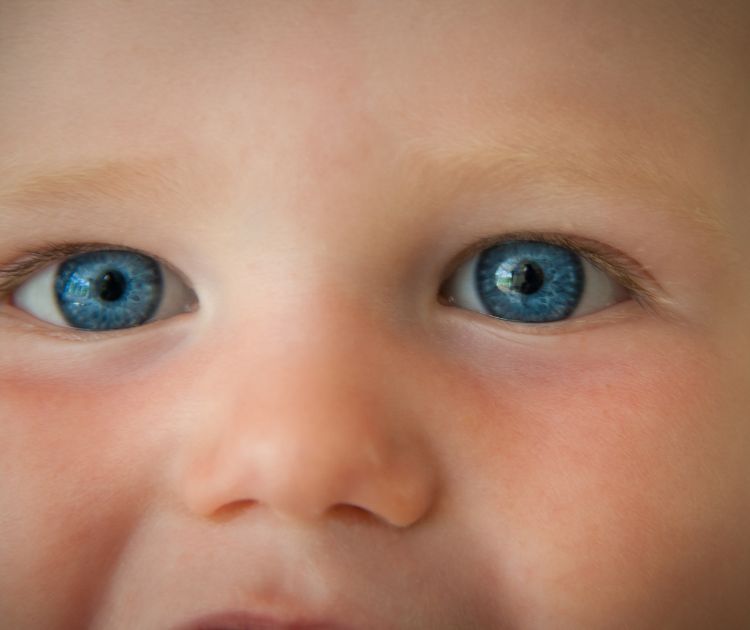
🔵 + 🔵
Two parents with blue eyes
This case is the easiest to predict: 99% chance that baby will have blue eyes. The genes associated with this color are recessive, so they must be inherited from both parents. Green eyes (1%) or brown eyes (<1%) are very rare, unless unexpected genes come into play.
🟤 + 🔵
One parent with brown eyes, one parent with blue eyes
Fairly split result: 50% chance for brown eyes, 50% for blue eyes, but very little chance (<1%) of having green eyes. It all depends on whether the brown-eyed parent carries a recessive gene for light eyes.
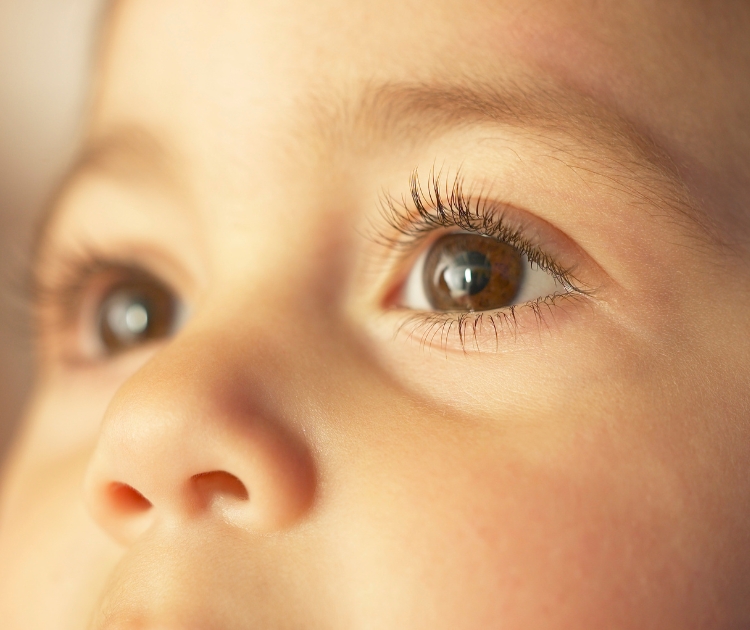
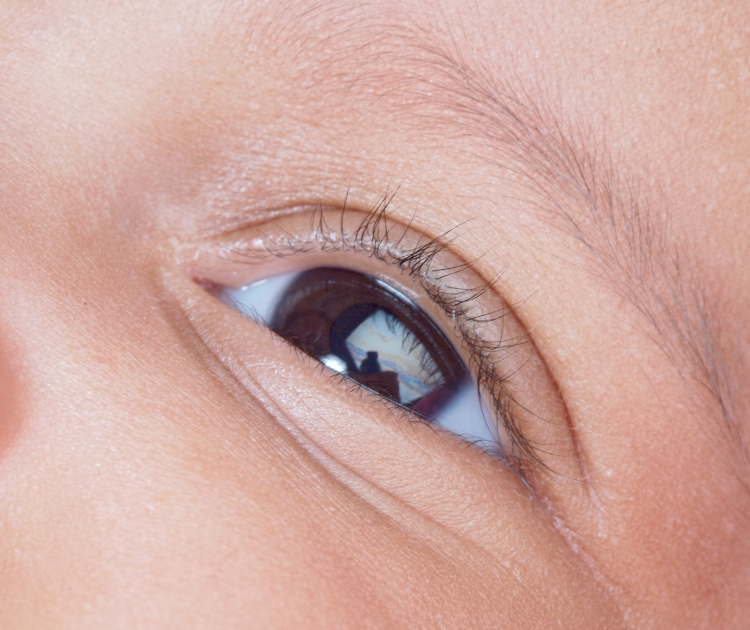
🟤 + 🟤
Two parents with brown eyes
Brown genes clearly dominate: baby has a 75% chance of having brown eyes, 19% for green eyes, and only 6% for blue eyes. However, if a light gene is present in both parents, a lighter color may emerge.
🕵️♀️ A little genetic mystery
Some genes can remain "silent" for generations... then reappear unexpectedly in baby!
Where do heterochromatic eyes come from?
This is what we call heterochromia: one blue eye, one brown eye, or different reflections in the same iris.
It is generally genetic and harmless. However, if it appears suddenly, it's better to consult a doctor to rule out any ophthalmological concerns.
The world in colors:
eye shades by region
- Brown eyes: the most common worldwide.
- Blue eyes: common in Northern Europe.
- Green eyes: the rarest (2% of the population).
- Hazel eyes: between brown and green, often changing with light.
Eye color is also linked to sun adaptation: the sunnier a country is, the more common dark eyes are. Melanin acts as a kind of natural shield.
How to prepare for baby's arrival?
At Chambrekids, French specialist in baby and children's furniture, you'll find everything to welcome baby in a soft, secure, and well-designed environment. Our complete baby rooms, our eco-friendly furniture, and our expert advice support young parents every step of the way.
Here are some useful readings to help prepare for baby's arrival:
- How to create a cozy baby room for winter: decoration tips, comfort, and warmth to cocoon baby from their first days.
- At what age can you leave a comfort toy in baby's bed?: a complete guide on safety and good practices to adopt.
- Baby room design by Théo & Inès: inspiration and advice for a room that's both beautiful and functional.
- Baby night terrors: understanding, managing, and soothing restless nights: to better handle difficult wake-ups with serenity.








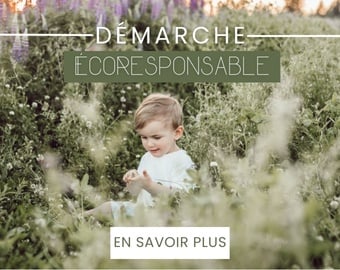


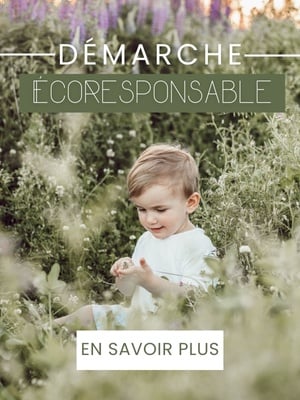

 Choosing the right baby blanket dimensions according to season and age
Choosing the right baby blanket dimensions according to season and age
 How to attach a headboard (with or without drilling): quick and effective soluti
How to attach a headboard (with or without drilling): quick and effective soluti
 Waterproof sheet or mattress protector: the best solution by age group
Waterproof sheet or mattress protector: the best solution by age group
 27 Original, Useful, and Trendy Christmas Ideas for Teens 2025
27 Original, Useful, and Trendy Christmas Ideas for Teens 2025
 Christmas Activities for Baby: Creative Ideas for Home & Daycare
Christmas Activities for Baby: Creative Ideas for Home & Daycare